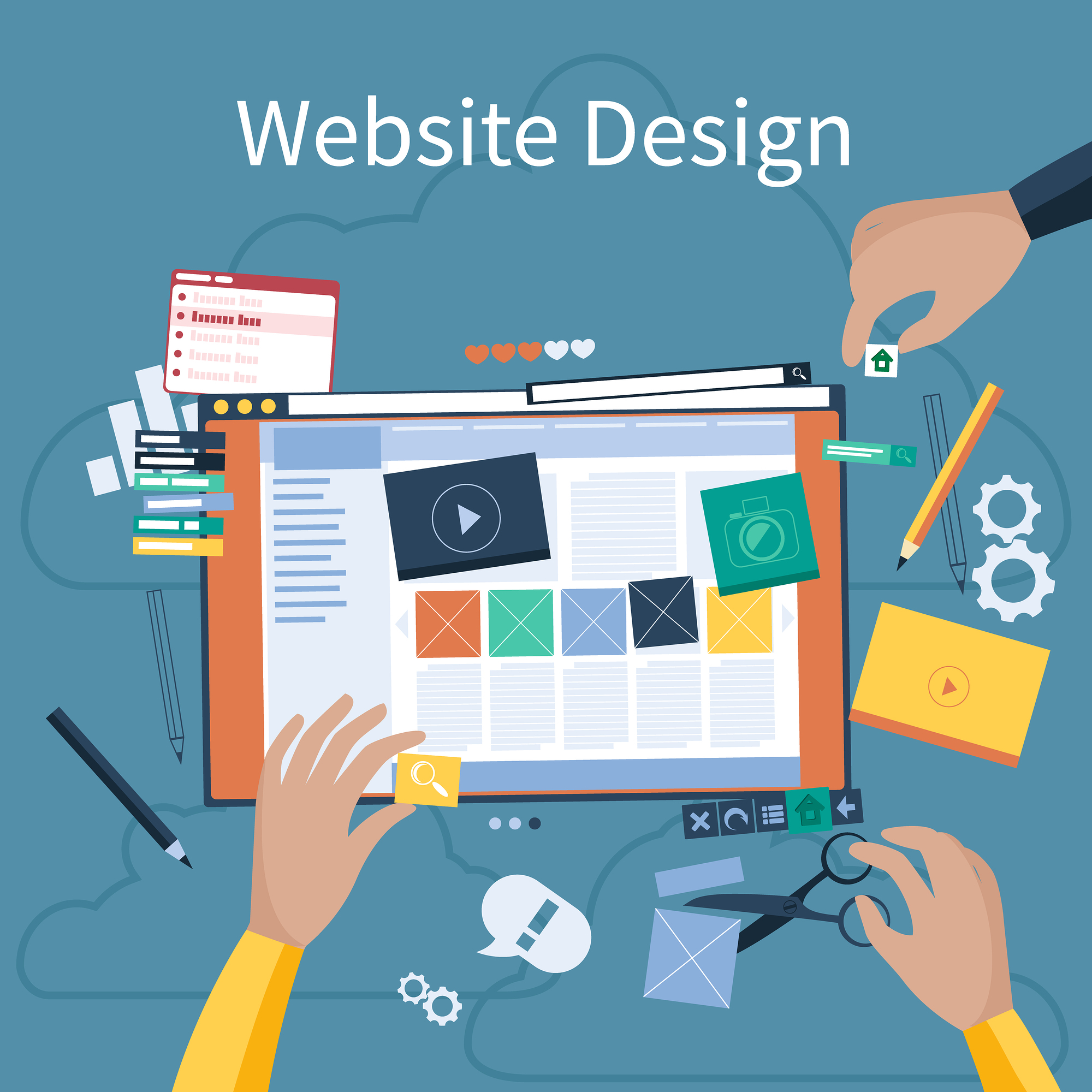Born of innovation, trends are the driving factors for change that systematically push a web designing industry forward for the better. This post briefly discusses some trends in the web design industry that would be seen in the year 2017.
1. UI patterns and framework
Increasing popularity of pre-designed themes, mobile-first, responsive approach in web designing has remarkably impacted how many desktops based websites function and appear today.
More and more UX and UI patterns have emerged across the web nowadays, where many websites appear and function in very efficient manner as they layouts are honed to provide delighting user experience. Consistent UI and UX patterns are leading the web design India for the purpose of becoming a more consistently user-friendly place to be.
UI and UX kits can easily style and manipulate the appearance and performance of different websites. These kits help designers to provide the users with tried and tested design functionality straight out of the boxes.
Many brands such as Google have precisely implemented many of these principles within their mobile based applications. Apart from this, many other brands are implementing on their own websites and mobile based applications, in order to enhance the experience of the users.
2. More brands adopt a mobile-first approach
In this approach, content is precisely designed to specifically fit on mobile and smaller devices first. After that, the designers work up to design content to fit the large screened devices like laptops and desktops.
As compared to desktops and tablets, the smartphones come with smaller screens that limit the amount of content that a user can view. Due to this, brands are forced to do-away with any content which isn’t 100% necessary. It allows them to add it in, along with the additional pictorial whistles for users as they switch up to large screened devices.
More web design companies across the world are realizing the importance of having a website that effectively delivers content on a smaller screen of smartphones as these are extensively used by young generations for browsing the web. The method of designing websites for smaller screen of smart phones and then working up to the bigger ones is known as mobile-first web design approach.
3. Extensive utilization of rapid prototyping tools
Rapid prototyping tools, although not a design trend per se, are definitely one of the important breakthroughs that hit the web design world over the last year. Marvel, invasion, webflow, UXpin and other rapid prototyping tools allow web designers to quickly create high fidelity prototypes of website.
In addition to this, it helps designers to gauge the usability and appearance of websites. Owing to their optimum functionality, ease of operation and user-friendliness, rapid prototyping tools let you see how the finished product would appear and performs in different browsers.
The use of rapid prototyping tools in the web design India saves precious hours, would-be setbacks and resources. If you make use of rapid prototyping tools, customers can get to experience how the website design will work and appear.
Rapid prototyping tools help the web design company to quickly design content within the browsers. It also generates code for developers and designers, to be able to use and implement right away.
4. Broader implementation of responsive design
Neither responsive design nor mobile first are new for 2017! More and more web design companies are now engaged in the development and designing of responsive websites.
Responsive website is essentially an approach for the development and designing of a website using different CSS media queries. In addition to this, flexible layouts and grids are used for the designing and development of responsive websites.
For the purpose of creating dynamic website that adjusts its content to best display itself on devices of various screened sizes and designs, the use of websites with responsive layout is recommended.
While the mobile first design focuses on the appearance of website whereas the responsive designing approach effectively implements it on the website. It allows businesses to get websites that work effectively on mobiles, tablets, desktops and other large screened devices.


 admin
admin


